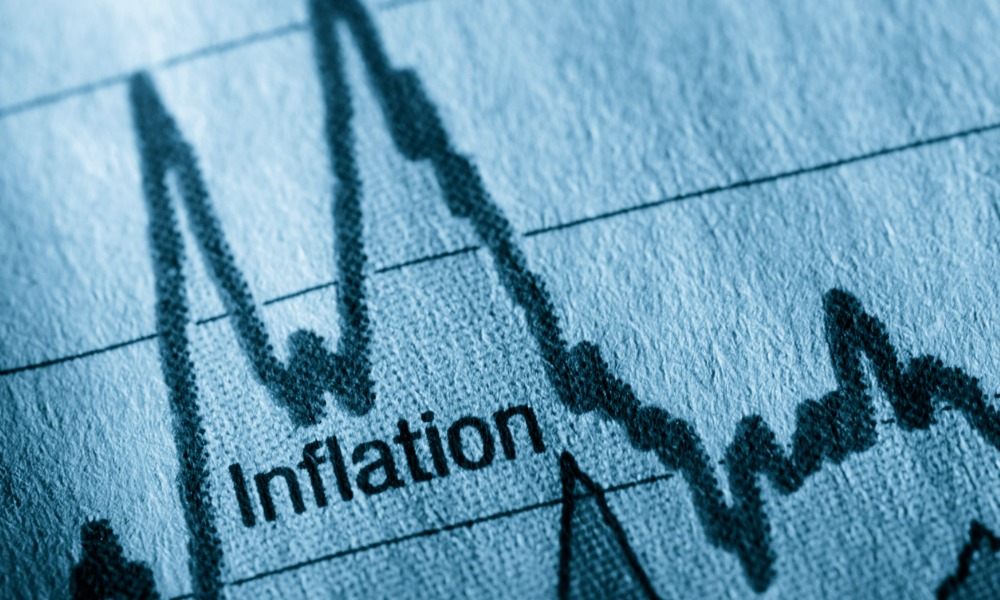With global central banks seen to adopt a more hawkish stance soon, analysts are expecting selloffs to continue
A report on the Financial Post suggests that bond investors are responding to expectations of a rate hike by getting rid of their government bonds.
Capping off a week-long trend, a selloff last Thursday pushed the 10-year US Treasury above 1.8%, with yields seen by analysts to retest the 2% mark – a level not seen since March. The forecast interest hike from the Fed when it meets in December has investors expecting increasing pricing in treasuries.
“The re-start of policy divergence is here,” Beata Caranci, chief economist at TD Economics, said in a report. “With the Federal Reserve preparing to raise rates once again, short-term bond yields and currencies are reflecting this inevitability.”
Exacerbating the Thursday selloff was decreased central bank support in Europe and Japan. UK data released on Thursday showed the country’s economy bouncing 0.5% in the third quarter – contrary to expectations of a post-Brexit shrinkage that would necessitate bond-buying from the central bank.
Japan’s central bank governor, meanwhile, declared that it would not be “unusual” for long-term yields to rise there. Following the pronouncement, which was read as decreased support for low interest rates through loose monetary policy, bond yields in Japan rose.
Analysts at Bank of America Merrill Lynch saw US Treasury yields breaking through a 1.75% resistance ceiling, indicating a possible breakout to an even higher level. “We think a bond rally could be sold as yield is comfortably above trend line and horizontal resistance of 1.75%. If yield were to pullback to 1.64-1.68% we think it could find support and then resume higher targeting trend line,” they said in a note.
TD Economics came out with a similar assessment, calculating that GDP growth of only 1.5-2% would be sufficient to support the US labor market. Along with the US economy’s current cyclical upswing of consumer demand and wage growth, the bank predicts there to be sufficient room for increased rates.
“The Federal Reserve recognizes this and is confident that the economy can withstand additional tightening of monetary policy, as early as December,” Caranci wrote.
Related stories:
Slowed US job growth casts doubts on Fed hike
Yellen: We’re going to raise rates
Capping off a week-long trend, a selloff last Thursday pushed the 10-year US Treasury above 1.8%, with yields seen by analysts to retest the 2% mark – a level not seen since March. The forecast interest hike from the Fed when it meets in December has investors expecting increasing pricing in treasuries.
“The re-start of policy divergence is here,” Beata Caranci, chief economist at TD Economics, said in a report. “With the Federal Reserve preparing to raise rates once again, short-term bond yields and currencies are reflecting this inevitability.”
Exacerbating the Thursday selloff was decreased central bank support in Europe and Japan. UK data released on Thursday showed the country’s economy bouncing 0.5% in the third quarter – contrary to expectations of a post-Brexit shrinkage that would necessitate bond-buying from the central bank.
Japan’s central bank governor, meanwhile, declared that it would not be “unusual” for long-term yields to rise there. Following the pronouncement, which was read as decreased support for low interest rates through loose monetary policy, bond yields in Japan rose.
Analysts at Bank of America Merrill Lynch saw US Treasury yields breaking through a 1.75% resistance ceiling, indicating a possible breakout to an even higher level. “We think a bond rally could be sold as yield is comfortably above trend line and horizontal resistance of 1.75%. If yield were to pullback to 1.64-1.68% we think it could find support and then resume higher targeting trend line,” they said in a note.
TD Economics came out with a similar assessment, calculating that GDP growth of only 1.5-2% would be sufficient to support the US labor market. Along with the US economy’s current cyclical upswing of consumer demand and wage growth, the bank predicts there to be sufficient room for increased rates.
“The Federal Reserve recognizes this and is confident that the economy can withstand additional tightening of monetary policy, as early as December,” Caranci wrote.
Related stories:
Slowed US job growth casts doubts on Fed hike
Yellen: We’re going to raise rates



